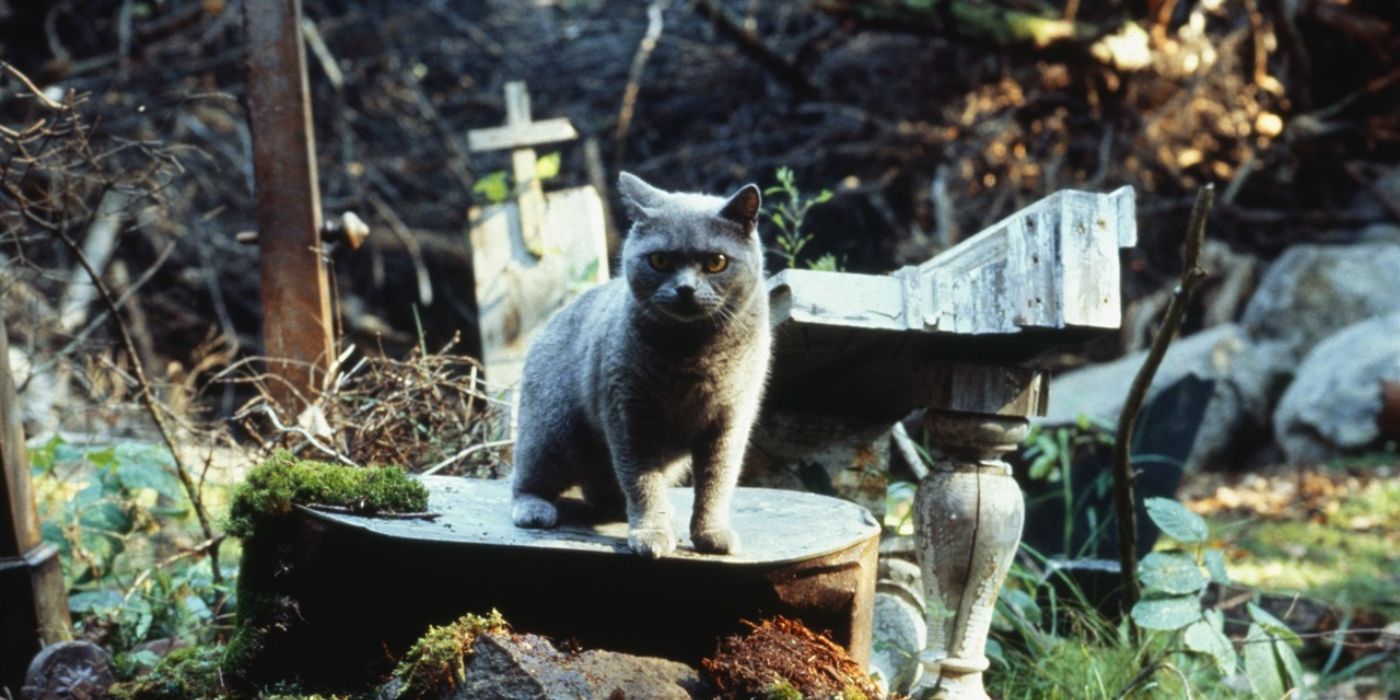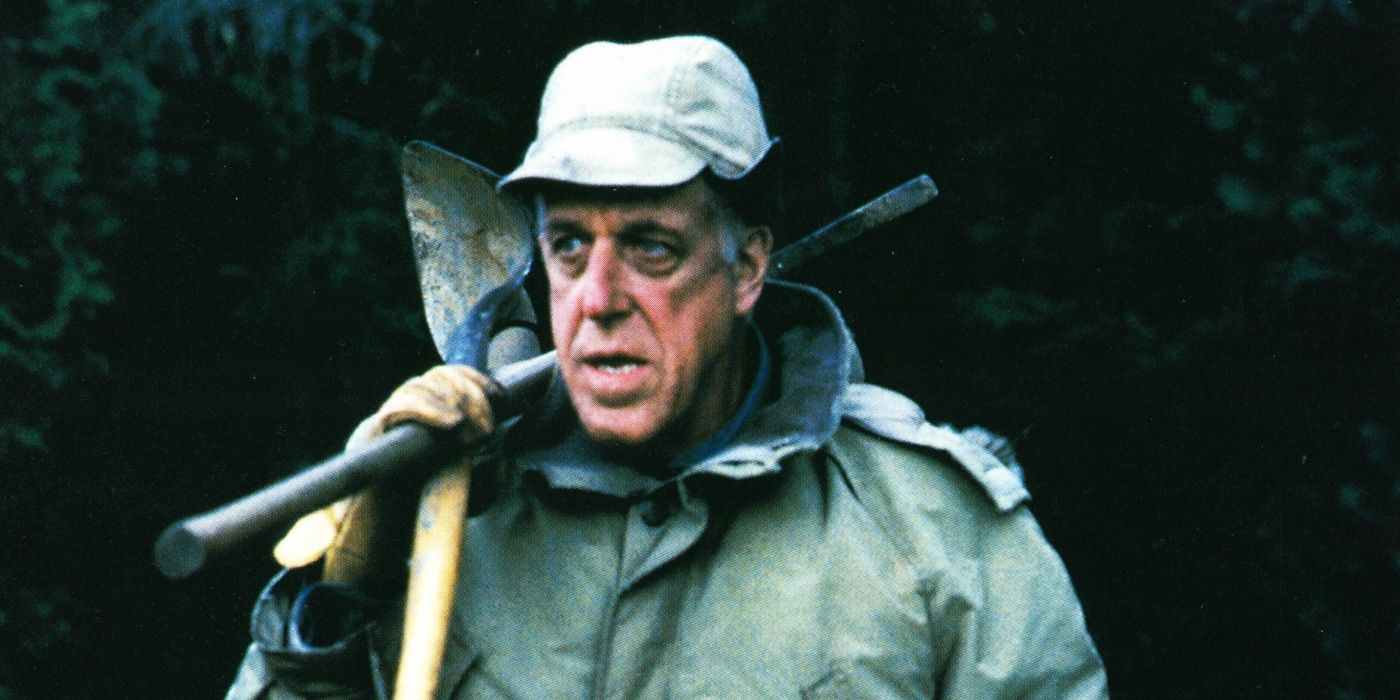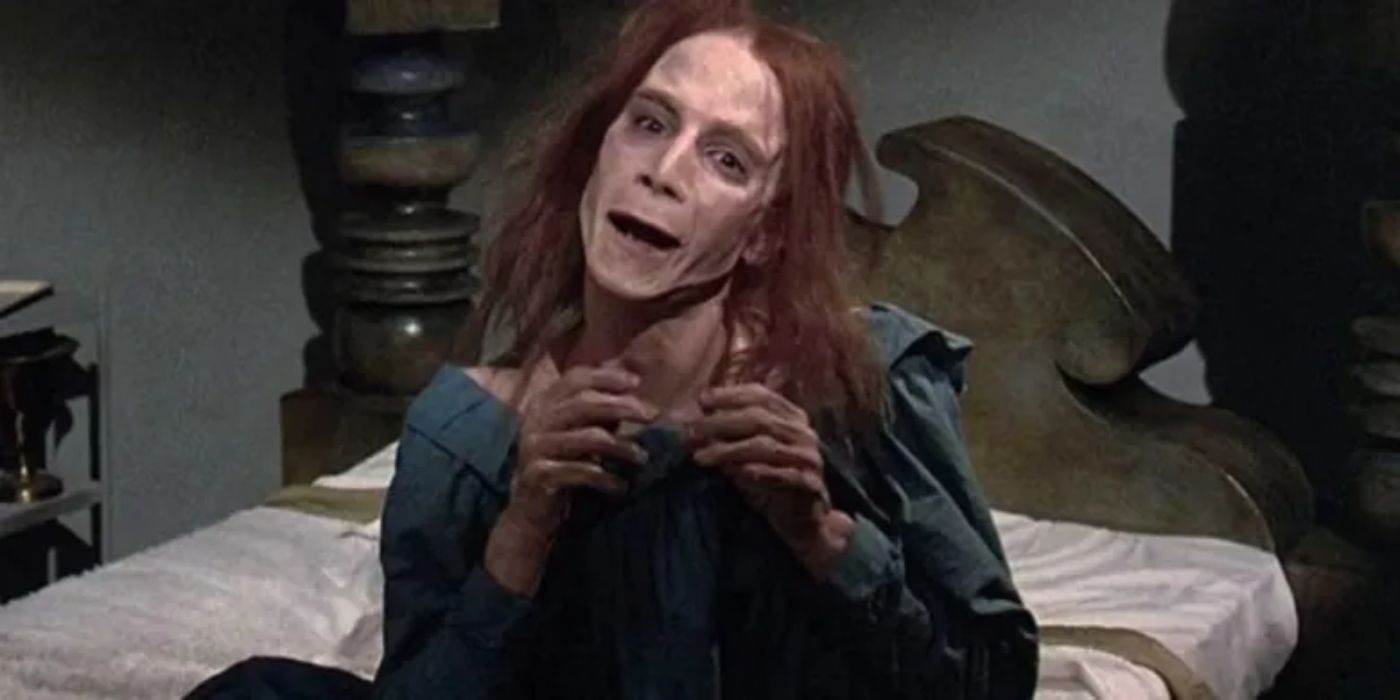The Big Picture
- The 2017 documentary Unearthed and Untold: The Path to Pet Sematary takes a deep dive into the production of the original Stephen King adaptation.
- Pet Sematary was borne out of the Writers Strike of 1988 because Stephen King's script was polished and already ready to go without the need for rewrites. King based elements of the story off of his own experiences and stipulated that the movie be shot in Maine, his home state.
- The cast and crew were mindful of making the children and animals on set as comfortable as possible due to the traumatic nature of the material.
Pet Sematary turns 35 years old today. Though it received a lukewarm reception from critics upon its release in 1989, it was a box office hit, grossing $57.5 million against an $11.5 million budget. It has since become a horror classic and, in typical horror fashion, spurred a franchise that includes a 1992 sequel, a 2019 remake, and a 2023 prequel to the remake.
Unearthed and Untold: The Path to Pet Sematary is a fan’s dream. The 2017 documentary dives deeply into the production of the film, talking to nearly all the main actors and craftspeople involved to share behind-the-scenes secrets. Here are the five most shocking facts we learned from it.
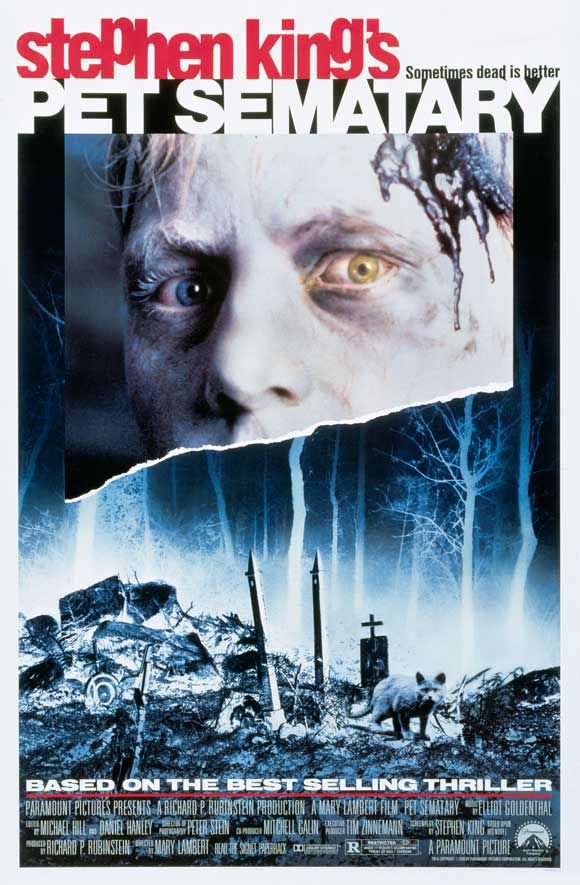
Pet Sematary (1989)
After tragedy strikes, a grieving father discovers an ancient burial ground behind his home with the power to raise the dead.
- Release Date
- April 21, 1989
- Director
- Mary Lambert
- Cast
- Dale Midkiff , Denise Crosby , Fred Gwynne , Brad Greenquist , Miko Hughes
- Runtime
- 103 Minutes
- Writers
- Stephen King
A Writers Strike Helped Put 'Pet Sematary' Into Production
Let’s face it — nobody wants a writers’ strike. We learned that firsthand just last summer when we went through a long and brutal one. Not only do writers deserve to be paid what they’re worth and treated with respect, but when the studios lose sight of what matters, audiences also usually suffer with less polished content — and less content, period.
There are, however, rare occasions where a bad situation can lead to something good. Such is the case with Pet Sematary, which was borne out of the five-month WGA strike of 1988. One of the development executives at Paramount, Lindsay Doran, had read the script and loved it but was constantly told the time for Stephen King adaptations had come and gone. However, when the strike happened, studios had to start getting creative and were looking for scripts that were already perfectly polished and needed no further revisions or rewrites. Doran luckily had just the project: Pet Sematary, the screenplay of which was also penned by King.
Stephen King Pulled From Real-Life Experience To Write 'Pet Sematary'
They say, “Write what you know,” and Stephen King certainly did. Well, with his classic Stephen King twist, of course. While Pet Sematary is inspired by traditional monster stories like Dracula and Frankenstein, as well as the short story The Monkey’s Paw, much of the concept was also taken from events in his own life. The titular cemetery came about after King saw an animal graveyard in his Maine neighborhood. The emotional core, however, didn’t snap into place until his son was running toward the road one day. King grabbed him right before he hit the street, but the experience both shook and inspired him on the spot.
Though encouraged to shoot the movie somewhere cheaper, King, who is very involved in his community of Bangor, Maine, stipulated that it had to be filmed in the state. As a result, Maine became something of a character in the film, both due to its gorgeous scenery and its people. The movie put out an enormous casting call, with over 500 locals appearing as background characters or in small supporting roles, like Young Jud (Matthew August Ferrell) and Young Rachel (Elizabeth Ureneck). This acted as something of a consolation for the fact that the shoot was rather inconvenient for its residents at times, with bright lights beaming in the neighborhood after dark when there were night shoots and closed roads and traffic when shooting in exterior locations.
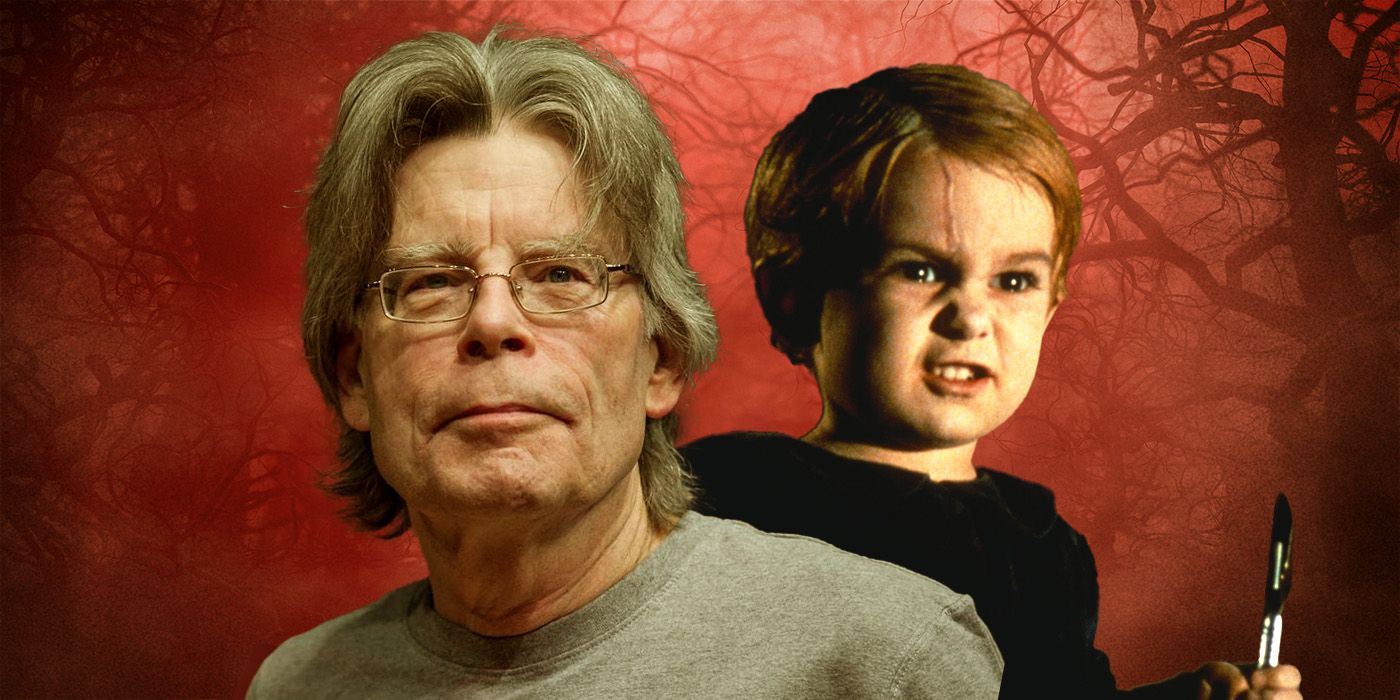
Stephen King Refused To Let Producers Cut This ‘Pet Sematary’ Scene
Gage's most haunting moment isn't the one you're thinking of.Fred Gwynne Had a Personal Connection to 'Pet Sematary'
Stephen King wasn’t the only person on Pet Sematary with a personal connection to the material. The late, great Fred Gwynne only signed on because the story resonated so deeply with him as someone who had tragically lost his own child in real life. He had never played a role like this before, and some executives were even worried he would come across as too funny and unbelievable for audiences because of his performance in The Munsters. Obviously, they eventually ate their words. Ironically, he convinced the film’s cinematographer, Peter Stein, to sign onto the project, though he initially wasn’t interested in shooting more horror.
Director Mary Lambert describes the film as being “like a child’s drawing,” as it has all the elements of a stereotypical piece of artwork: a mother, father, brother, and sister, as well as a house with a tree and a cat. What’s not usually in the picture that is in the film, however, is Jud, and he acts as a catalyst for the entire story. In fact, he may be the most memorable part of the film. Who hasn't heard, “Sometimes, dead is better,” even if they’re not a horror fan or don’t know the origin of the reference? Gwynne deserves immense credit for his incredible performance — even more so when you think about his relationship to the material.
'Pet Sematary' Has a Female Director — And a Male Zelda
Female directors are still, unfortunately, underrepresented today, and the gap was even more egregious three and a half decades ago — especially in a genre like horror. Lambert no doubt blazed a trail and opened doors. Lambert’s background was an interesting one, as she began in the visual arts. Because of that, she brought painting and poetry references to her work. At the time, she was best known for directing music videos for people like Janet Jackson and Madonna, so she infused her set with a sense of fun, rock star energy. Having the final say on the directing choice, King chose her because of that energy and her willingness to stay true to his source material while also making small changes that would improve the overall product.
While Pet Sematary’s director is a woman, one of its most terrifying female roles was actually played by a man. When they couldn’t find the perfect Zelda when auditioning women, the crew decided to pivot and begin looking for men to fill the role. They found their perfect fit in Andrew Hubatsek, who played the evil sister part with terrifying perfection — and under an extreme amount of makeup to boot. The application process was endless, and once they were done shooting, it took eight hours to take off and even required a special product. Now that’s dedication.
Clever Camera Tricks Helped 'Pet Sematary' Pull Off Its Scariest Moments
Filmmaking is pure magic at times, requiring innovative problem-solving skills and thinking on the fly. This is even truer when you have all the challenges that come with a film like Pet Sematary. There’s an age-old phrase cautioning people to never work with animals or children, but in Pet Sematary, both are pivotal. The older cast and crew took special care to make both of these vulnerable actor groups feel comfortable. The role of Ellie was actually played by two actors, twins Blaze and Beau Berdahl (though Blaze is primarily credited for the role).
The even younger Creed child, Gage, was played by only one actor, Miko Hughes — much to the studio’s dismay. Though they pushed Lambert to hire twins, she refused, stating that Hughes had something special. Considering he gives one of the best child performances to date, it’s safe to say Lambert made the right choice. Because of the traumatizing subject matter, the cast and crew spent time bonding with Hughes so he’d feel comfortable doing the more frightening scenes and made much of it into a game so he wouldn’t be scared while filming. The pivotal scene where Gage is hit by a car was filmed using a camera trick involving putting a mirror on the road. This allowed the truck to appear much closer to the actors without putting anyone in real danger.
This is also the case for the glowing eye effects used on the cat. Instead of complicated post-production or doing anything to harm the animals, the crew simply flipped a lens on the camera. Due to the tweak, the light reflected out of the cat’s eyes instead of inwards, making it look like they were glowing yellow.
Pet Sematary overcame many odds to be made. From a WGA strike to casting challenges to shooting in Maine, the deck was stacked against the adaptation from the get-go. However, 35 years later, it’s clear that it was all worth it, as Pet Sematary not only became a success when it was released but has endured for generations — and will certainly continue to endure for more to come. “All the reasons people didn’t think it would work as a film is what made it a timeless piece,” says Mary Lambert. And she’s right. Pet Sematary changed the game in more ways than one due to its focus on what makes us human.
Unearthed & Untold: The Path to Pet Sematary is available to stream on Screambox in the U.S.
Pet Sematary is available to stream on Max in the U.S.

